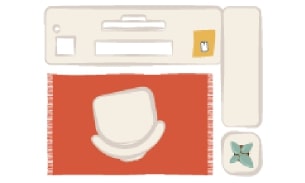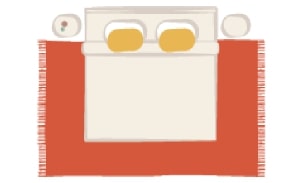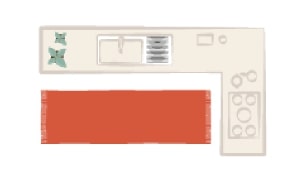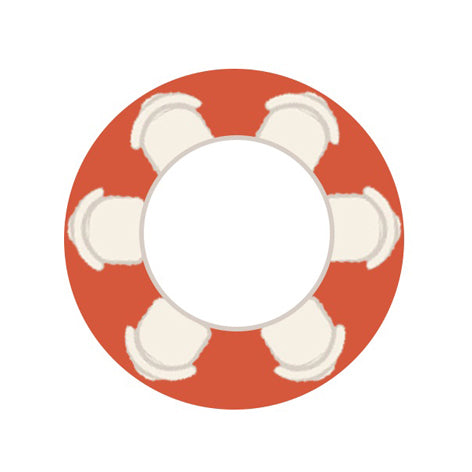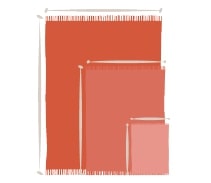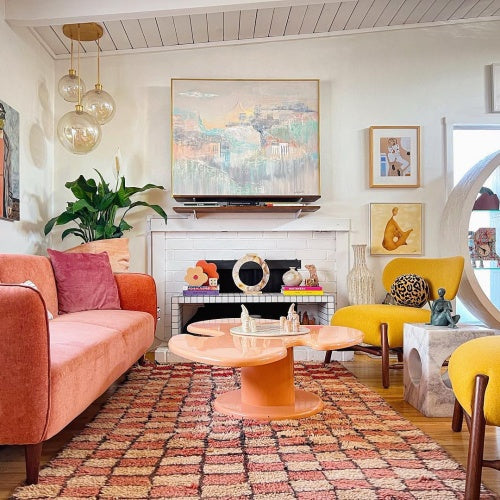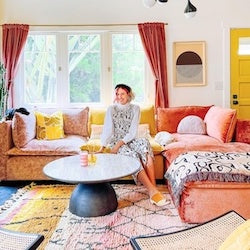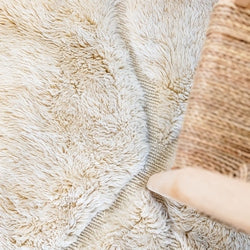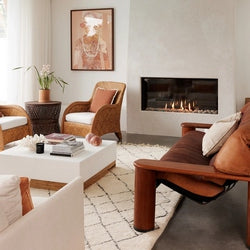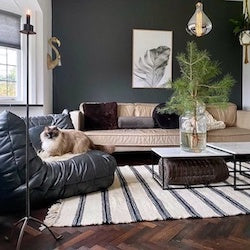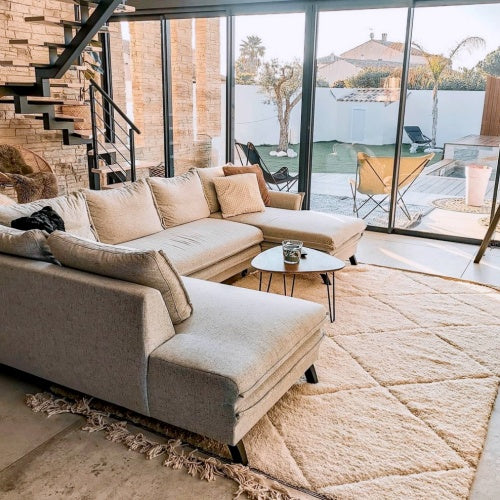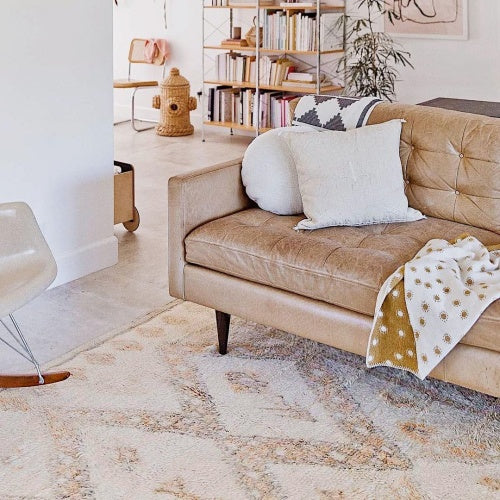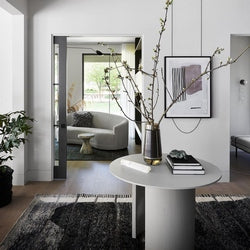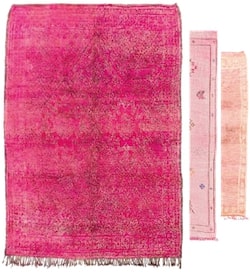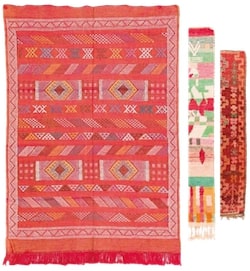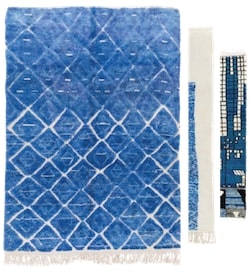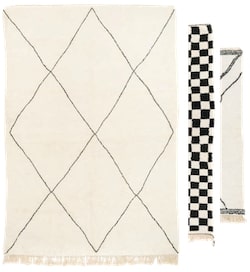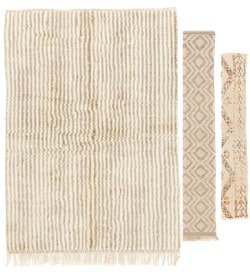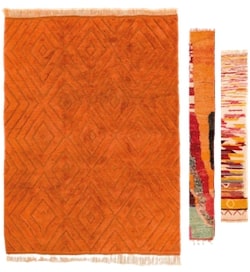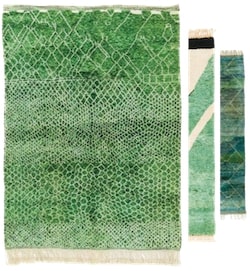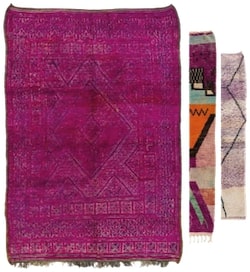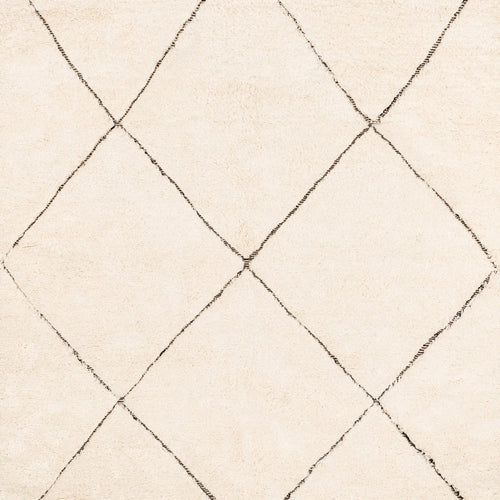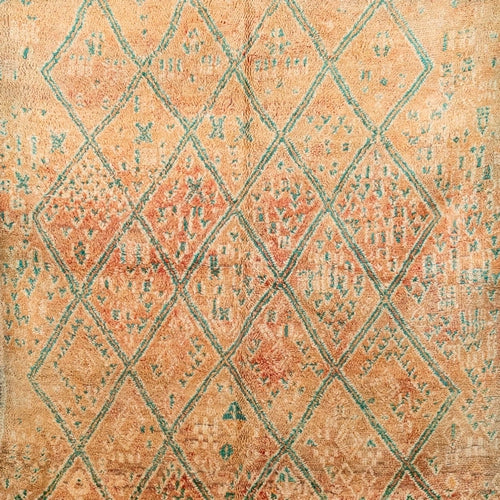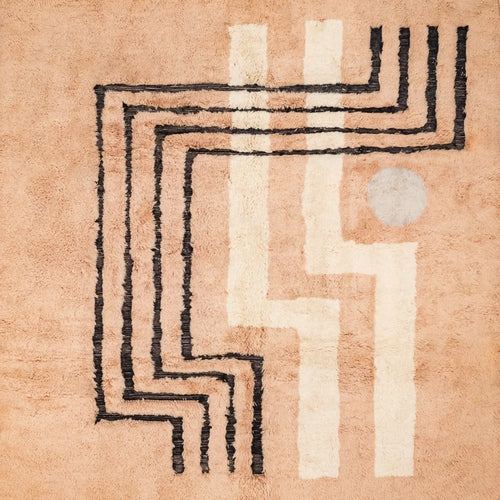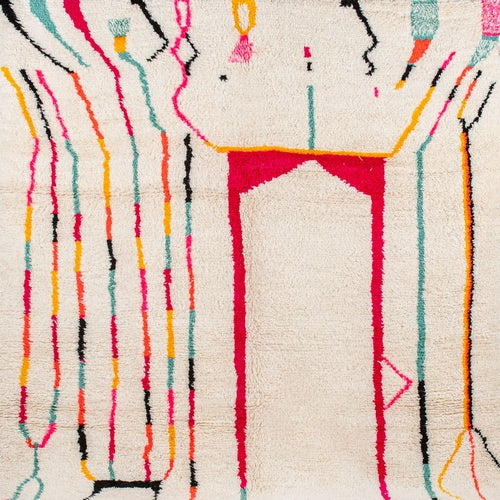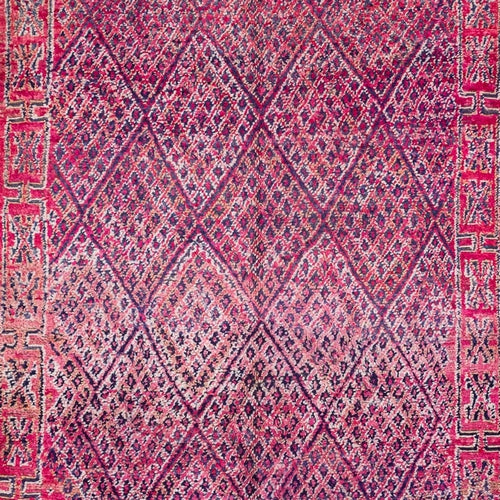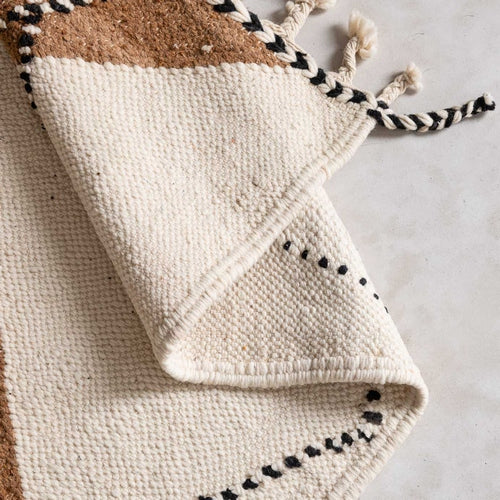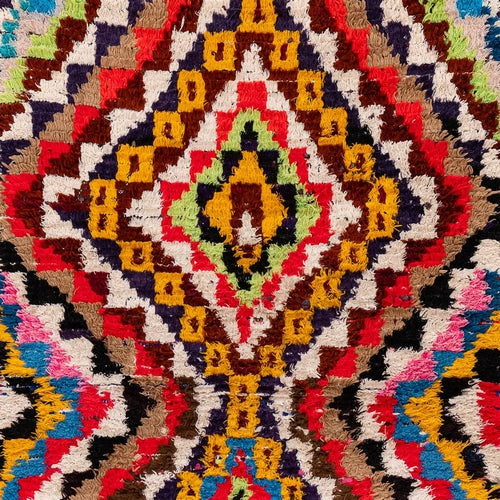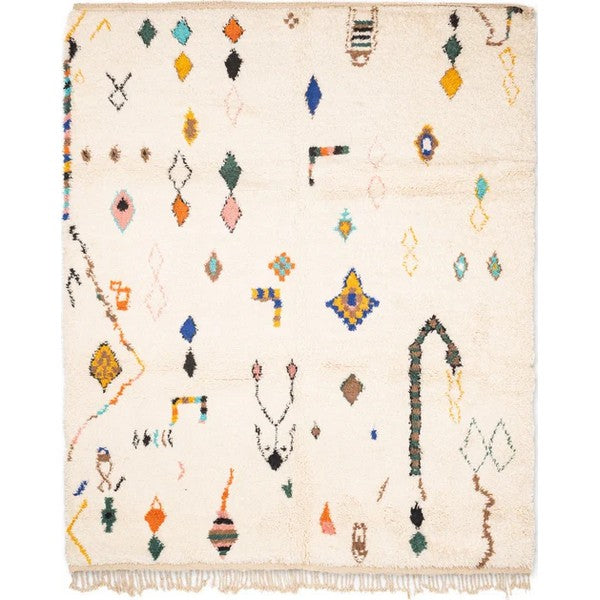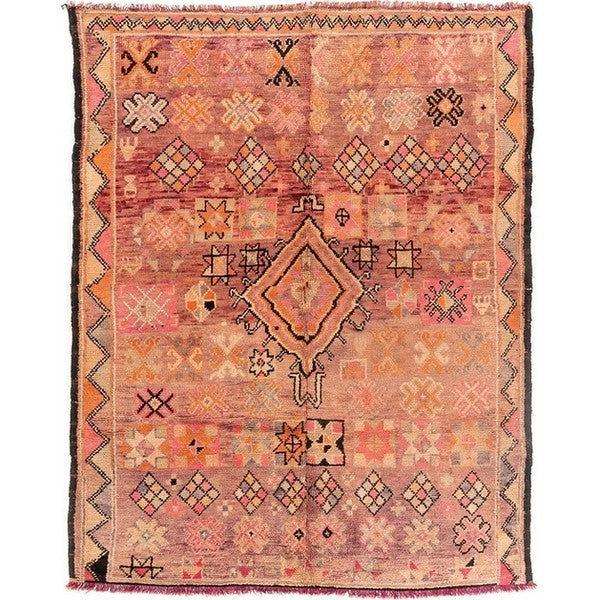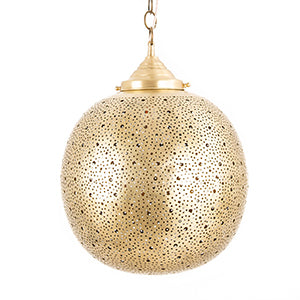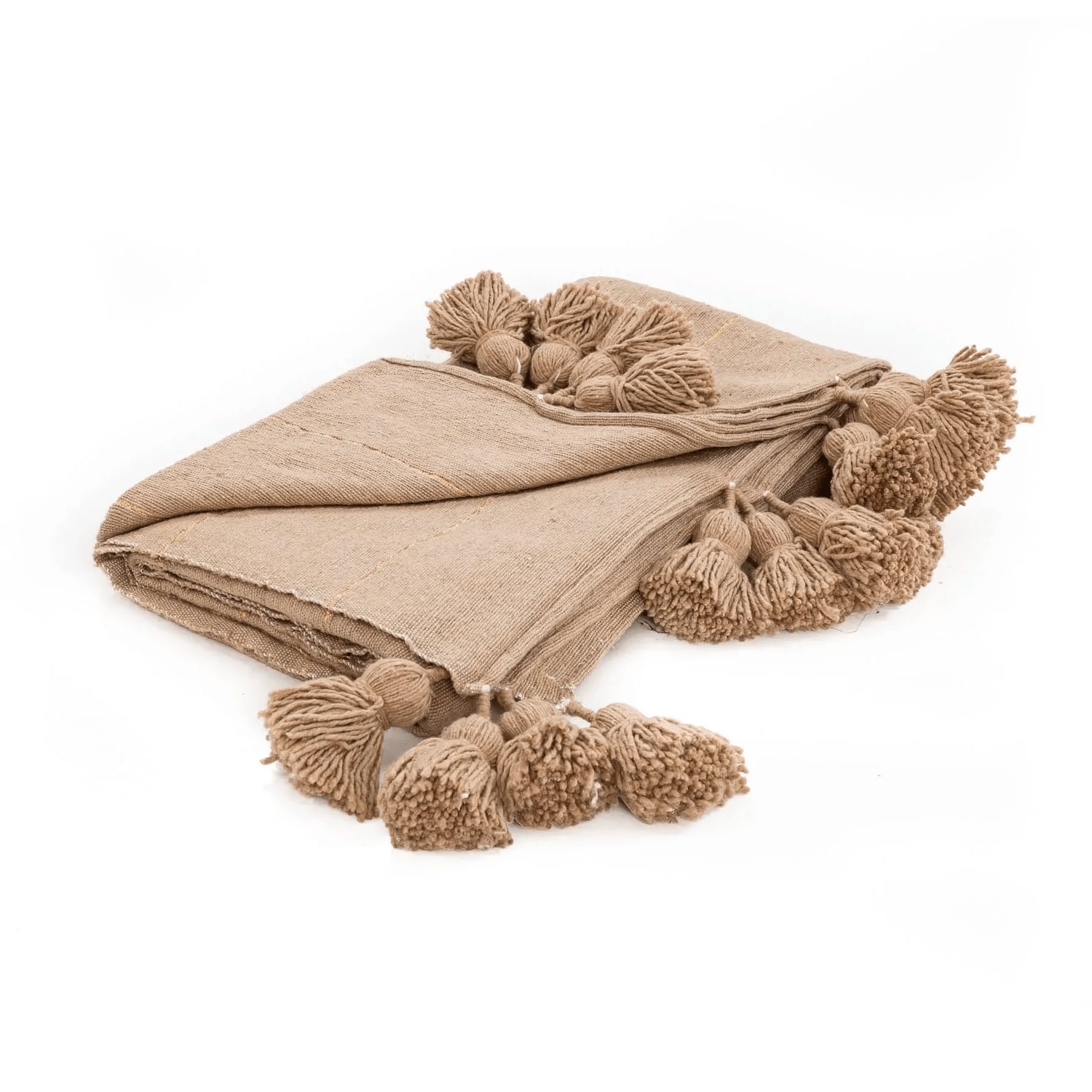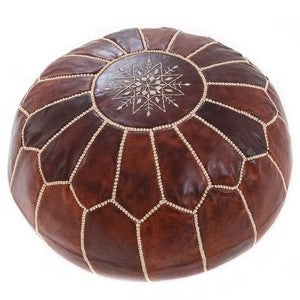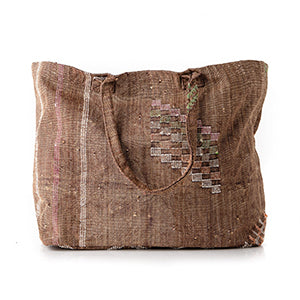Popular Products
- $19.99
- Unit price
- / per
- $19.99
- Unit price
- / per
- $19.99
- Unit price
- / per
Search for rugs, style, colors...
Boucherouite rug
Boucherouite rug
Boucherouite rug
Boucherouite rug, considered as a decorative object from "poor art", was born following economic, social and cultural changes in rural areas of Morocco. Nomadic herding is gradually giving way to sedentary agriculture and other more modern forms of employment. Wool used as raw material for the manufacture of rugs for domestic use is thus becoming increasingly difficult to find. Since wool is now rare and precious, Moroccan tribes must overcome this obstacle and find other alternative materials.
It is therefore natural that the Boucherouite rug, which means "rag tips" in Arabic, makes its appearance. This Moroccan Rug is relatively recent since its manufacture developed in the 60s and 70s in the often very modest homes of the Moroccan plains, and especially very close to the cities of Beni Mellal and Boujad. However, unlike Berber rugs traditionally knotted before the 1950s and 60s, whose style is easily distinguished according to region, no real conclusion as to the true regional origin of the butcher's rug can be drawn on the basis of specific technical or stylistic characteristics.
Since the 1990s, the manufacture of Boucherouite rug and Moroccan blanket, with the most diverse alternative materials and in a style largely free from traditional models, has been accepted even among the more remote Berber tribes in the mountainous regions of the High and Middle Atlas.
how to make a boucherouite rug
If we focus on the more unusual materials used to make these rugs which, like traditional rugs, were produced for domestic use without any commercial intent, Boucherouite rug reveal an incredible vitality and singular creativity that demonstrate an evolution of Moroccan textile culture.
Moroccan weavers compose these Berber carpets using recycled materials, cloth strips and yarns mixed with a wide variety of used clothing and textile materials such as wool, cotton, synthetic fibres, lurex or nylon. The colours being chosen quite quickly, the design of the Boucherouite rug is relatively spontaneous and the final result is sometimes multicoloured and is considered as a memory of the Moroccan woman's past, the symbol of a memory that is sometimes unconscious. Boucherouite carpets are as much an explosion of bright and warm colours as the expression of the delicacy and sensitivity of the Berber weaver.
The weavers of this Moroccan rag rug do not seek to imitate or reproduce elements of the nature that surrounds them, but create by following what they feel. More than a simple carpet, Boucherouite is the result of an abstract artistic expression of the perception of sensations.
The composition of the Moroccan Boucherouite rug represent a creative interweaving of a wide variety of abstract motifs, shapes and bright colours to create an ensemble that is sometimes well ordered, sometimes vibrant and colourful.
The most characteristic and at the same time most confusing Boucherouite rugs in the ethnic style are the rugs without a leitmotif and without an easily identifiable pattern. The surface of the Moroccan rug Boucherouite is covered with shapes that blend into each other, with expanding lines, unstable zigzags, color-changing contours, narrowing and widening in which something entirely unrecognizable seems to be emerging.
What often surprises in this Berber rug is the contrast between the recycled textiles and the poor materials used to make it and the incredible richness of the composition. A marvel of Berber art, the Boucherouite carpet is distinguished not only by its authenticity and aestheticism, but also by the sincerity that emerges from it.
Where to Buy Boucherouite rug
Undeniably rich in art and created without a sketch or predefined model, you can use Boucherouite rug in different ways: installed on the floor or on the wall, like an artist's painting.
All Moroccan Boucherouite rugs offered by Benisouk are authentic and unique because they are made without any preparation or drawing made in advance. Boucherouite carpet will bring poetry to your home with its deconstructed patterns, fantasy and bright colours.
Happy patchwork with an ethnic style and a true work of art, Boucherouite rug perfectly matches a modern, contemporary or vintage decoration and will make you travel to the land of a thousand contrasts and colours!
- Choosing a selection results in a full page refresh.
